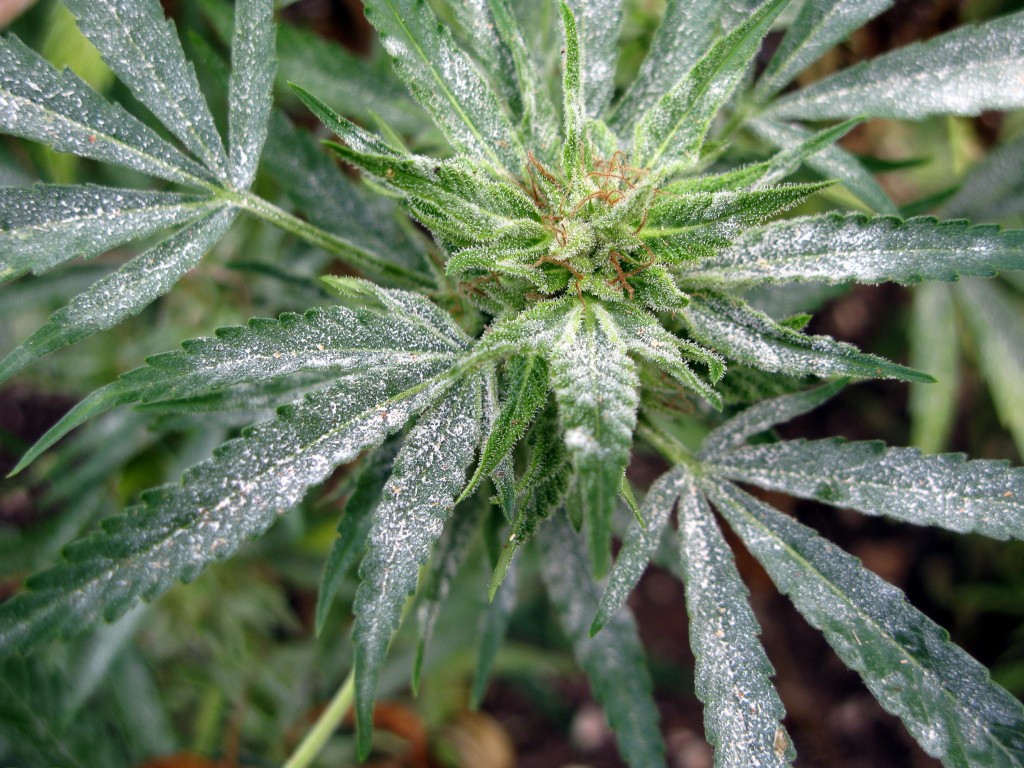I’m busy with family over the holiday, so won’t be posting a whole lot, but I had to share this from Kym Kemp. For those who don’t live in pot-growing country, the standard unit of trade is one pound of weed and pounds conveniently fit in Reynolds turkey bags—which are also reputedly smell-proof, even to drug dogs. See some of my previous posts about how many bags our local grocery stores (and garden stores and music store, etc.) sell. We also have flocks of wild turkeys roaming the hills here, introduced for sport hunting over a hundred years ago. So, Kym says that the turkeys will be glad to know that,
“in the Emerald Triangle, the bags are stuffed with vegetables and the people get baked.”
Happy Thanksgiving y’all.
(By the way, I actually saw a turkey bag used to cook a turkey today. How very odd.)

 Join celebrity guests, informed speakers, law experts, and involved members of the community for and interactive and informative day of discussion and exploration of cannabis related issues and current events….
Join celebrity guests, informed speakers, law experts, and involved members of the community for and interactive and informative day of discussion and exploration of cannabis related issues and current events….

